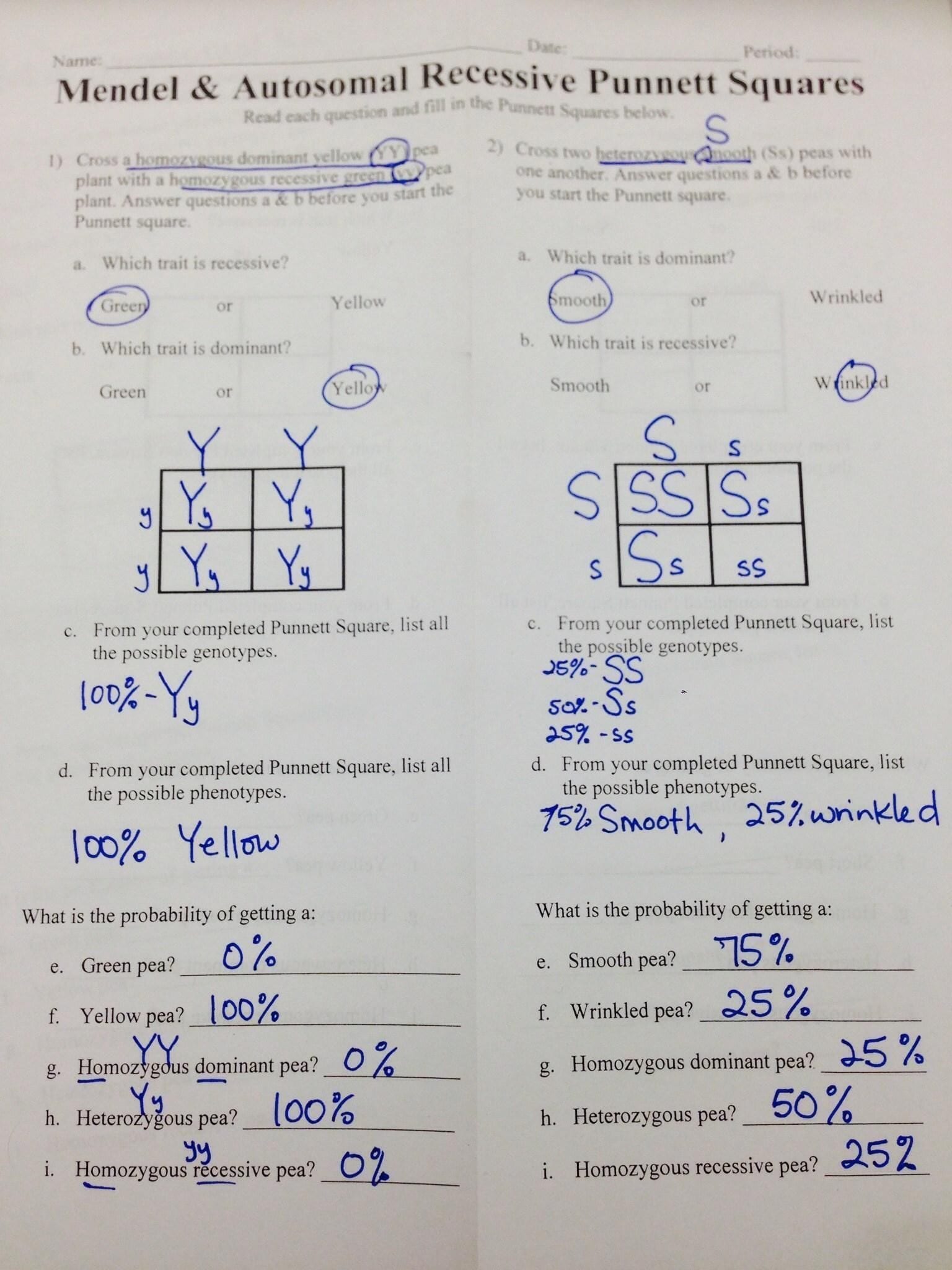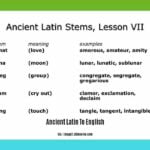Ever wonder how you inherited your mom’s curly hair or your dad’s green eyes? It’s all thanks to genes, and Punnett squares are your key to understanding these inheritance patterns. Whether you’re a student tackling genetics for the first time, a teacher seeking engaging classroom resources, or just curious about heredity, this guide, combined with our free printable Punnett square worksheets (with answer keys!), will take you from Punnett square novice to expert. Ready to unlock the secrets of inheritance? Let’s dive in!
Decoding the Basics: Genes, Alleles, and More
Before we jump into the squares, let’s define some crucial terms. Think of genes as the instruction manuals for your traits. Alleles are different versions of these instructions–like different flavors of ice cream. You inherit one allele for each gene from each parent. Some alleles are dominant, meaning they often “overpower” the other allele, called recessive. Your genotype is your unique combination of alleles (the recipe), while your phenotype is the observable trait (the finished dessert!). If you’re homozygous, you have two identical alleles; heterozygous means you have two different ones.
Delve deeper into the world of genetics with this interactive punnett square practice worksheet.
Your Step-by-Step Guide to Punnett Squares
Using a Punnett square is easier than you might think. Here’s how it works:
Draw the Grid: Create a simple 2×2 square for a monohybrid cross (one trait) or a 4×4 square for a dihybrid cross (two traits).
Assign Alleles: Write one parent’s alleles across the top of the square and the other parent’s down the side. Use uppercase letters for dominant alleles and lowercase for recessive.
Combine the Alleles: Fill each box in the grid by combining the allele from the top row and the allele from the side column. Just like filling in a crossword puzzle!
Interpret the Results: Each box represents a possible genotype for an offspring, and its probability depends on the total number of boxes. Analyze the combinations to determine the probabilities of different phenotypes.
Different Types of Punnett Square Problems
Punnett squares can be used to analyze different inheritance patterns:
Monohybrid Crosses: One Trait at a Time
These crosses examine the inheritance of a single trait, like flower color. For example, crossing a purple-flowered plant (PP) with a white-flowered plant (pp), where purple is dominant, will predict offspring probabilities.
Dihybrid Crosses: Two Traits, Double the Challenge
Here, we analyze two traits simultaneously, such as flower color and plant height. This requires a 4×4 grid and explores how different allele combinations interact.
Incomplete Dominance: Blending Traits
In incomplete dominance, alleles blend, like mixing paint colors. A red flower (RR) crossed with a white flower (WW) could produce pink offspring (RW).
Codominance: Sharing the Spotlight
In codominance, both alleles are fully expressed. Think of a roan cow with both red and white hairs.
Sex-Linked Traits: The X and Y Factor
These traits are linked to the sex chromosomes, leading to different inheritance patterns in males and females. For example, color blindness is more common in males because the gene is located on the X chromosome.
Multiple Alleles: More Than Two Options
Some genes have more than two allele variations. For example human blood types, which expands the possible genotype and phenotype combinations.
Polygenic Inheritance: Many Genes, One Trait
Traits like height are influenced by multiple genes. While Punnett squares can’t fully model this complexity, they can be adapted to analyze simplified scenarios.
| Type of Cross | Description | Grid Size | Example |
|---|---|---|---|
| Monohybrid Cross | Examines the inheritance of a single trait. | 2×2 | Predicting offspring flower color (purple vs. white) |
| Dihybrid Cross | Examines the inheritance of two traits simultaneously. | 4×4 | Predicting offspring seed shape and color |
| Incomplete Dominance Cross | Alleles blend to produce an intermediate phenotype. | 2×2 | Pink flowers from red and white parents |
| Co-dominance Cross | Both alleles are fully expressed in the heterozygous phenotype. | 2×2 | Speckled chickens with black and white feathers |
| Sex-Linked Cross | Examines the inheritance of traits located on the sex chromosomes (X or Y). | Varies | Color blindness |
Free Printable Punnett Square Worksheets: Your Practice Toolkit
Ready to put your knowledge to the test? Our free printable Punnett square worksheets, categorized by difficulty level and covering all the scenarios discussed above, are your perfect practice companions. Each worksheet includes an answer key for immediate feedback and reinforcement. Download them here: [Insert link to your worksheet resource here].
Punnett Squares in the Real World
Punnett squares aren’t just theoretical tools. They have real-world applications in:
- Genetic Counseling: Helping families understand the probability of inheriting genetic disorders.
- Agriculture: Guiding breeders in developing crops and livestock with desirable traits.
- Medical Research: Aiding in the study of complex diseases and the development of targeted treatments.
Beyond the Basics: Further Exploration
Punnett squares provide a strong foundation, but it’s important to remember that real-world genetics can be more intricate. Factors like environmental influences, multiple genes interacting, and ongoing research may refine our understanding of inheritance. We encourage you to explore further and stay curious about the ever-evolving world of genetics!
Important Note: The information here provides a basic overview of genetic principles. While we aim for accuracy and clarity, current genetic research is constantly evolving. Some concepts might have varied interpretations, and new discoveries may lead to revised conclusions in the future. Always consult reputable sources and stay informed about the latest advancements in genetics.
Worksheet Resources & Further Learning
Here are some excellent resources to enhance your Punnett square journey:
Worksheets:
- Leon County Schools: [insert link if available]
- Teach Simple: [insert link]
- University of Utah (Teach.Genetics): [insert link]
- Mr. G Science: [insert link]
- MS. Compton’s Biology: [insert link]
- Enders Science Page: [insert link]
- Twinkl: [insert link]
Videos:
- The Organic Chemistry Tutor: [insert link if available]
- Bozeman Science: [insert link if available]
Interactive Tools: Search for “Punnett square simulator” or “interactive Punnett square” online for engaging digital resources.
- Revolution Space: Disruptive Ion Propulsion Transforming Satellites - April 24, 2025
- Race Through Space: Fun Family Game for Kids - April 24, 2025
- Unlocking the Universe: reading about stars 6th grade Guide - April 24, 2025
















